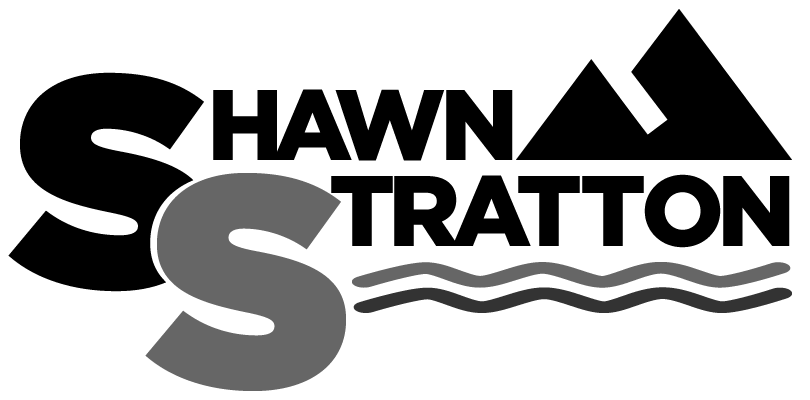




Shawn Stratton works with organizations to strengthen leadership skills that translate into powerful teams. Founder of the LiveMore Group, an organization that helps people maximize their potential and productivity, Shawn has designed presentations and retreats for both small businesses and large corporations, offering teams of all sizes the inspiration and tools to flourish in this unpredictable, exciting economic environment.

What Google Team Building Research Revealed: Turns Out The Feelings Do Matter
A few years ago Google set up a research team to find out the elements that create high performing teams. What they found and the length of time it took to find it surprised them. For several years they studied over 150 teams working within Google. Many of the senior executives in the company believed that the best teams developed when the best people were put together on a project. After gathering an enormous amount of data, the researcher found it was almost impossible to find meaningful patterns. In an article recently published in the New York Times’ Google’s lead researcher on the project Abeer Dubey stated, ‘‘At Google, we are good at finding patterns. But there weren’t strong patterns here.’’ The people comprising the team didn’t seem to matter. This finding didn’t surprise me. Leading wilderness expeditions for years with new teams, people would often ask me “what do you do if you get a bad team and you are stuck with them for a month in the mountains”. Strangely enough, that was never a concern of mine. As I gained experience leading, I came to realize that leaders play a more significant role in creating effective teams than the people who make up the team. Frustrated with the lack of patterns in the data they collected, the researchers delved further into reviewing past academic studies on how teams work. In the literature, they discovered that psychological and sociological research kept using the term “group norms” when describing successful groups. Norms are the traditions, behavioral standards and unwritten rules that govern how we function when we gather. It...
You’re Not the Boss of Me – 3 Ways to Lead without Authority
“When the best leader’s work is done, the people say, ‘We did it ourselves’.” Lao Tzu I had reached my limit with a team member. I had tried everything to integrate him into the team and become a productive team player. His disruptive behaviour had gone on for weeks and was threatening to derail the expedition. I decided the only option left was to remove him from the team but I had no authority to do so. Chatting with many project managers and team leaders, I am often asked the question “how do you lead with little or no authority”. The quick and easy answer to this potential complex question is “the same way you would lead with authority”. If leadership is performed correctly, little authority should be needed. Increasingly today, projects and events are undertaken in environments where the leader had little formal authority. Significant portions of project work are done by contributors who work for other managers, often for a different company. Project and event managers have high expectations placed on them, demanding a high level of leadership. They are looked to as the go to person to see a project from beginning to end and have all the right processes, metrics and people in place that will allow for successful completion. There are many ways to lead when you have little or no authority, here are 3 of them: (RELATED – Why Teams Truly Succeed or Fail One Relationship at a Time) 1. Metrics: “If you don’t measure something, you can’t change it. The process of leadership is one of painting a vision, then saying how...
8 Ways to Create Pride within a Team
When pride is present at work, it inspires individuals and teams to achieve more, communicate better, and build upon each other’s strengths. When it’s not present, it can get ugly, really ugly. Most successful teams carry a high level of pride to the work they do and whom they do it with. But as a leader, how do you create pride within a team. Surely it is not a given any time a team forms to take on a significant goal. Pride for a team or organization has to deliberately be developed and massaged by the leadership. It comes from a conscious effort and genuine love of the team and its purpose. Pride helps people enthusiastically do their job and get through hard times. I always saw that developing pride within an expedition team was an integral part of my role as an expedition leader. During the extended backcountry expeditions I led, I would be getting my clients and students to regularly push their comfort zone mentally and physically while challenging their tolerance for adversity and uncertainty. No, these moments didn’t happen every day but when they did come about I needed the team members to feel the pride in what they were trying to accomplish and who they were doing it with to launch themselves into challenging situations. It could have been have a 4am wake up to accomplish a long sea kayak day before the winds picked up at noon. Or packing up wet tents in near freezing temperatures and hiking late into the night so we could reach the lake in time to meet the floatplane...
Shawn Stratton, Leadership Motivational Speaker and Consultant
“His use of story telling, humor and photography delivered a powerful message on the importance of finding our true passion as an indicator of success. ” -Ian Shortall read more


